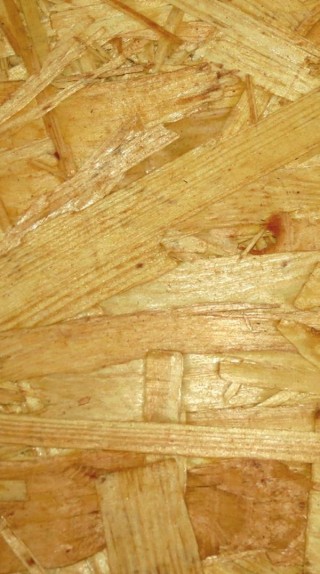
Since 2013, the Fraunhofer IBP has been working on a project with the aim of generating hygrothermal parameters for numerical simulations of wood-based materials.
more info
Since 2013, the Fraunhofer IBP has been working on a project with the aim of generating hygrothermal parameters for numerical simulations of wood-based materials.
more info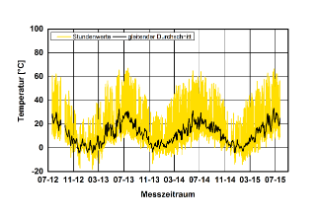
Typical temperature curve for the variant consisting of clear glass with mineral-wool insulation (yellow: hourly measurements; black: moving average).
Architects want maximum design freedom for the building envelope. That is why glass elements are used and bonded to the thermal insulation composite system.
more info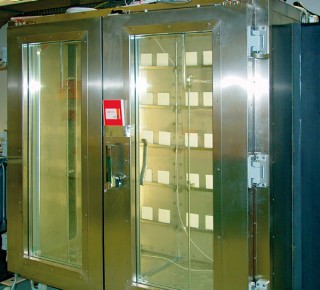
Artificial weathering facility
Susceptibility of exterior coatings to mold growth can currently only be assessed by carrying out field studies. A new artificial weathering system may help.
more info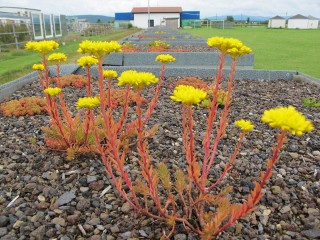
Natural weathering with flowers
Green roofs improve the living quality in urban spaces. But how does the release of mecoprop from polymer-modified bitumen membranes impact the environment?
more info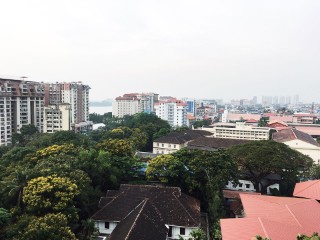
View over Kochi.
The project aims at strengthening Kochi's resilience to the effects of climate change.
more info
Logo "SEE - Energy balance Stuttgart".
In the scope of the project »Stadt mit Energie-Effizienz (SEE Stuttgart)« Fraunhofer IBP focuses on performing comprehensive energy balance calculations for the entire City of Stuttgart.
more info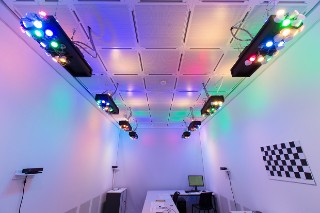
Lighting system allowing variable control of light intensity, distribution, and color.
Six substudies were conducted to explore the impact of context-sensitive lighting with regard to user acceptance and energy performance. In these studies, static and dynamic lighting conditions in personal and group offices were examined.
more info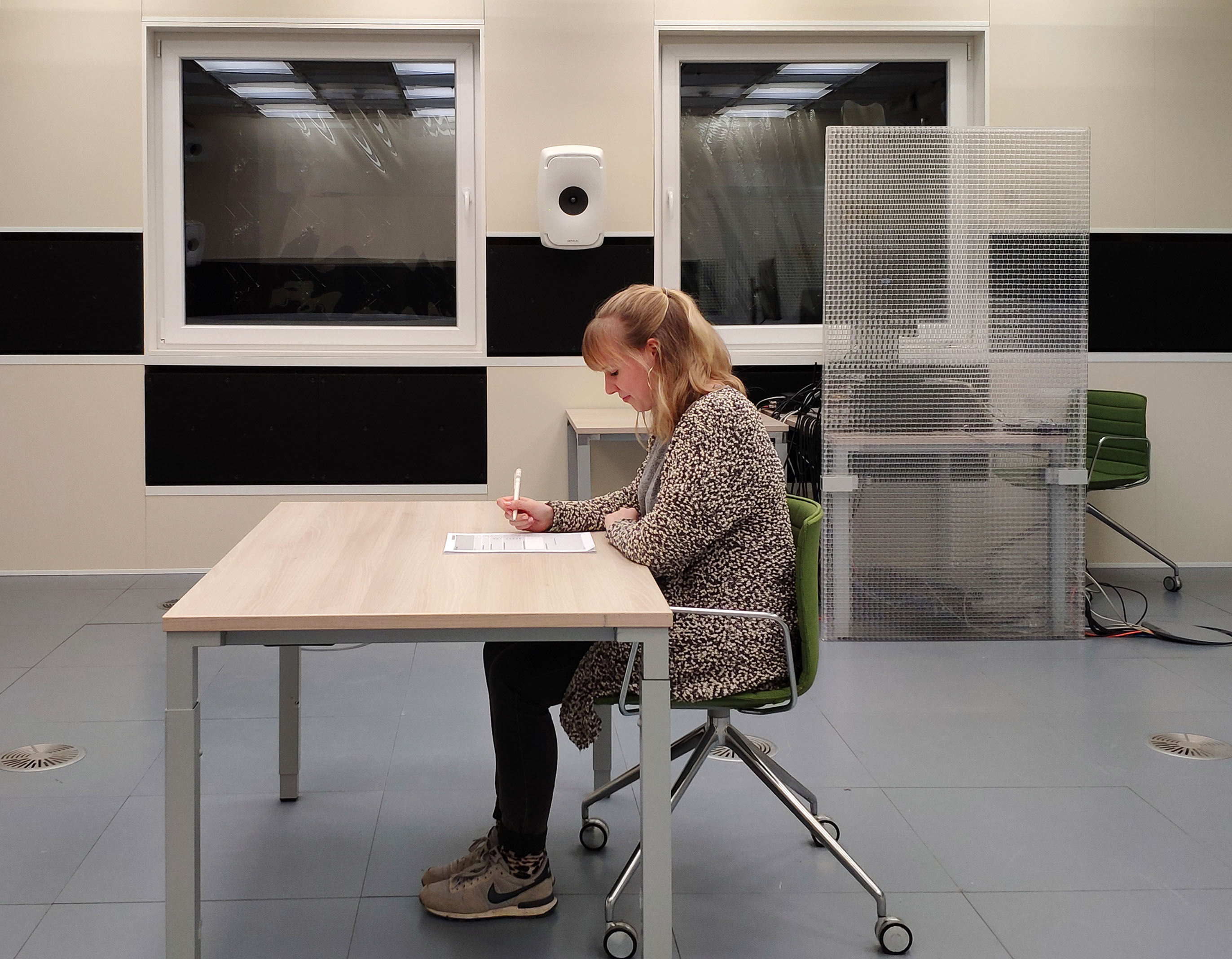
To ensure that displays did not influence the results, tests were carried out using paper and pencils.
Investigation of the effect of fullspectrum LEDs compared to conventional LEDs, carried out in the HiPIE laboratory of Fraunhofer IBP Stuttgart.
more info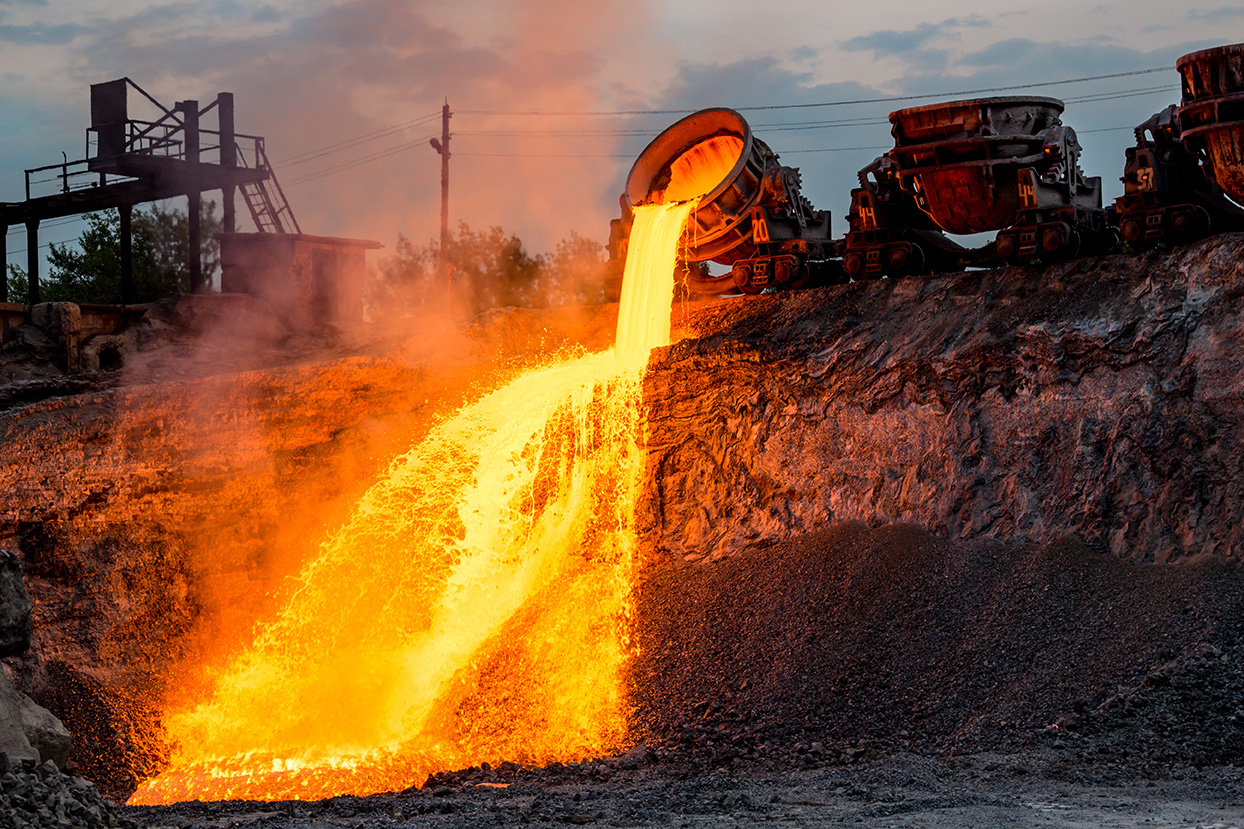
In the BAUSEP project, research is being conducted into how ash and slag can be separated so that it can be used to manufacture resource-efficient building products.
The separation of ashes and slags is intended to provide raw materials for the production of resource-efficient building products.
more infoHighlights from research and development
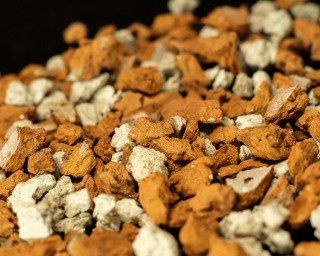
Will we be capable of fully processing masonry rubble in the future and recycling it sustainably?
The Inorganic Materials and Recycling department has succeeded in recovering single-variety secondary raw materials from masonry demolition waste.
more info